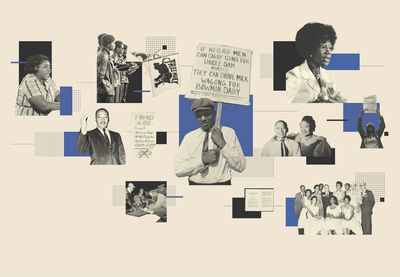This section organizes Essential Knowledge—the concepts, analytical skills and historical information students should know—into four chronological periods and within 14 Summary Objectives. This structure provides a blueprint for integrating the Black movement for equality and civil rights into interdisciplinary courses from Reconstruction to the present. Each period is designated with a section title and dates so teachers may skip to a particular period or consult the framework continuously as they move through their courses. To provide options for lessons, multiple resources are provided for each Essential Knowledge. Many of these resources—and other primary and secondary source documents—are available for download in the Learning for Justice text library.
Summary Objectives
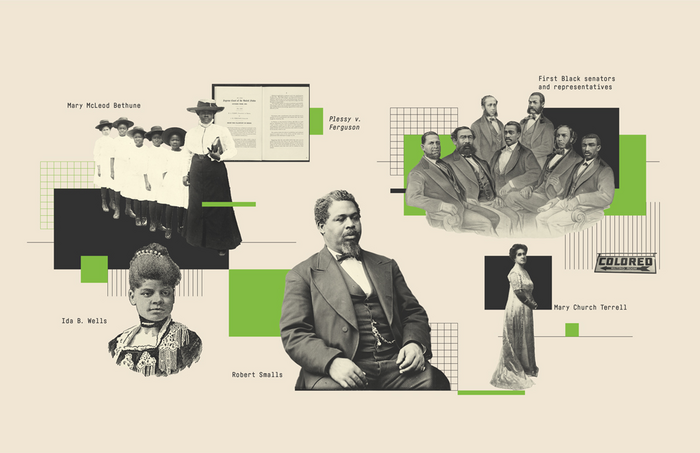
The Failed Promise of Reconstruction: 1877–1917
Summary Objective 1
Students will analyze the ways that a nationwide system of racial control and second-class citizenship was developed after Reconstruction to deny political, social and economic equality to Black people.
View Essential Knowledge and Related Resources
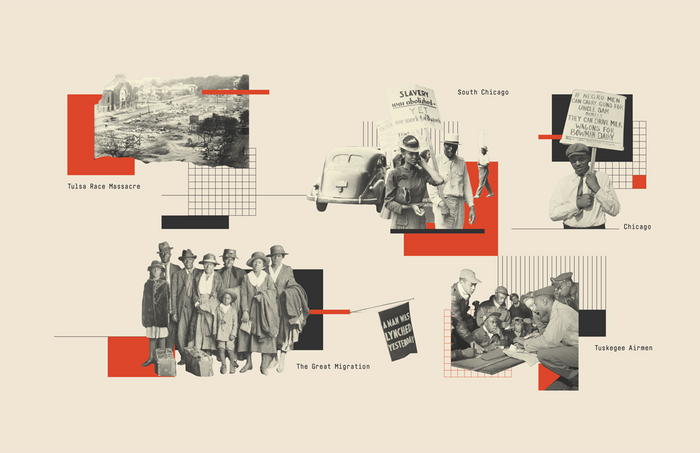
Fighting at Home and Abroad: 1917–1945
Summary Objective 2
Students will analyze the systems that limited Black political, social and economic power across the United States in the early 20th century and the ways that Black people and communities pushed back against those systems.
View Essential Knowledge and Related Resources
Summary Objective 3
Students will analyze how the Civil Rights Movement of the 1950s and 1960s was both part of the long history of the Black freedom struggle and a particular movement that arose in response to specific circumstances during the World War II period in the 1940s.
View Essential Knowledge and Related Resources
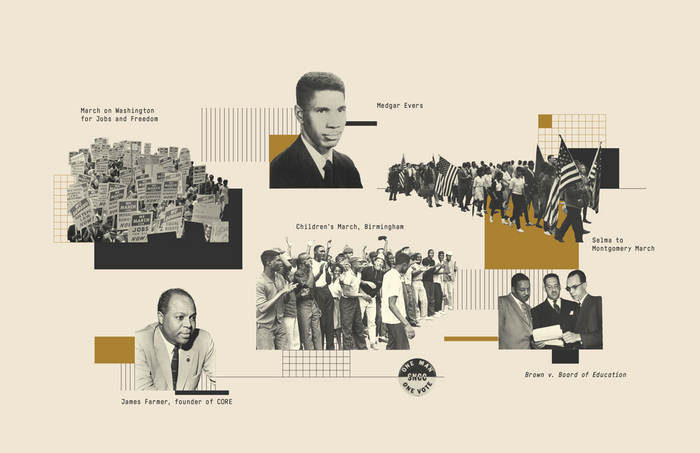
Important Gains and Work Unfinished: 1945–1980
Summary Objective 4
Students will evaluate the ways that a combination of legal, legislative and activist strategies in the late 1940s and 1950s for achieving political and social equality advanced the Civil Rights Movement of the 1950s and 1960s.
View Essential Knowledge and Related Resources
Summary Objective 5
Students will analyze the hostile opposition to the Civil Rights Movement of the 1950s and 1960s and the tactics that white supremacists across the country used—from cultural campaigns to legal strategies to terrorist attacks—to try to slow or prevent its work.
View Essential Knowledge and Related Resources
Summary Objective 6
Students will analyze how as the Civil Rights Movement of the 1950s and 1960s grew, local and national organizations and grassroots groups employed a variety of methods, aims, philosophies and strategies to achieve their goals, including an expanded emphasis on direct action.
View Essential Knowledge and Related Resources
Summary Objective 7
Students will analyze some key legislative achievements of the Civil Rights Movement of the 1950s and 1960s and recognize that, even after the courts and Congress enacted new civil rights and voting protections during this period, racial discrimination continued and African Americans across the country still lacked access to quality education, well-paid jobs, health care and decent housing.
View Essential Knowledge and Related Resources
Summary Objective 8
Students will analyze how, following major legislative victories, the movement shifted its emphasis to address continuing injustices more directly.
View Essential Knowledge and Related Resources
Summary Objective 9
Students will trace the growth of Black nationalism and Black Power movements and analyze why they attracted young activists frustrated with the slow pace of progress and the mainstream emphasis on integration.
View Essential Knowledge and Related Resources
Summary Objective 10
Students will identify some of the intersectional liberation movements that developed within and alongside the Black freedom struggle and analyze the ways other movements for political equality and self-determination were influenced by the strategies of the Civil Rights Movement of the 1950s and 1960s.
View Essential Knowledge and Related Resources
Summary Objective 11
Students will map the international connections and global ramifications of the Civil Rights Movement of the 1950s and 1960s and analyze the ways the movement influenced—and was influenced by—other international movements.
View Essential Knowledge and Related Resources
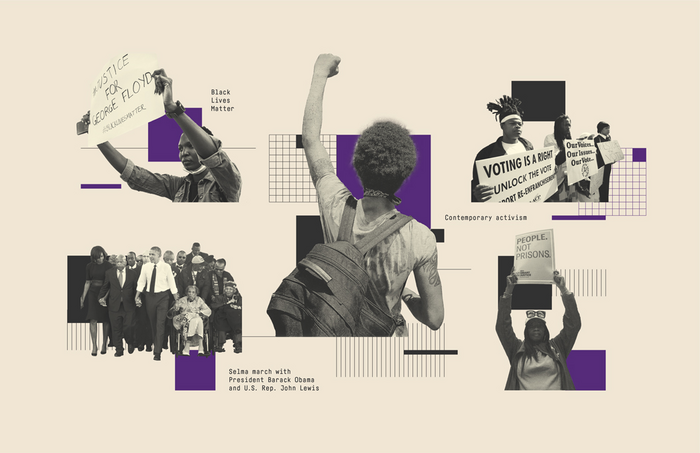
Ongoing Influence and the Movement Continues: 1980–Present
Summary Objective 12
Students will analyze the influence of the Civil Rights Movement of the 1950s and 1960s on cultural traditions, identifying new artistic and spiritual expressions reflected and produced by the movement.
View Essential Knowledge and Related Resources
Summary Objective 13
Students will analyze how the Civil Rights Movement continues to shape policy, law and culture through the late 20th and early 21st centuries—and recognize the movement’s unfinished business.
View Essential Knowledge and Related Resources
Summary Objective 14
Students will analyze how the Black freedom struggle is ongoing and intersects with other civil rights movements and will identify opportunities for activism in the present day.
View Essential Knowledge and Related Resources
NOTE
Regarding language, please note that this framework recommends various primary source documents that use words and phrases recognized as biased, derogatory or no longer appropriate. The historical use—and historical harm—of these words cannot be denied. For this reason, we have chosen not to censor the words from these primary source texts. To avoid further harm, however, we strongly encourage educators to preview these materials before sharing them with students, to prepare students to encounter these words in writing, and to avoid having the words read or spoken aloud in class. We also encourage educators to discuss with students the reasons for choosing not to have such words spoken aloud and the harm these words have caused and continue to cause. Some of the multimedia sources also contain imagery of hate, such as nooses and Confederate flags, about which educators should engage carefully and honestly with students.
